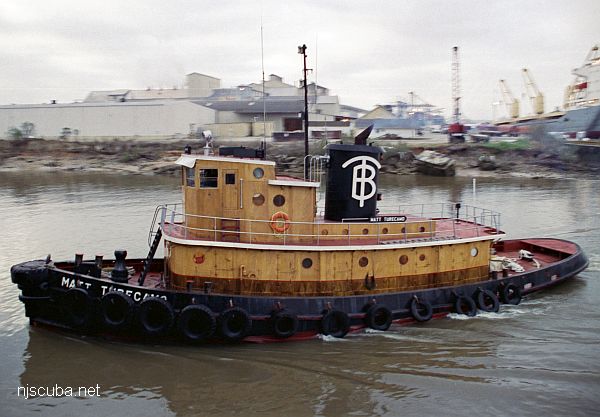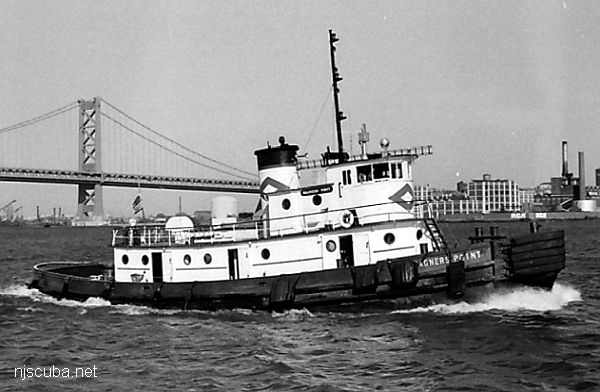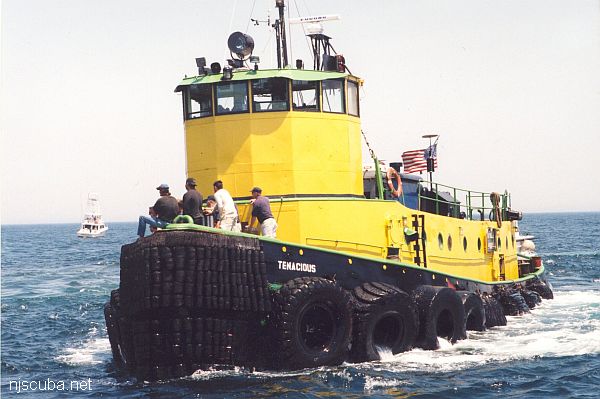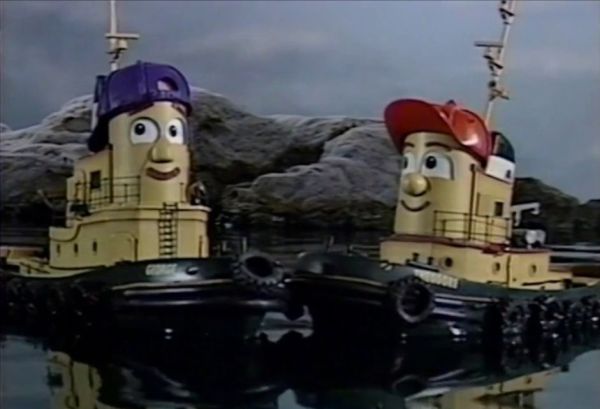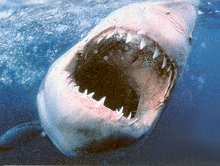Moran Towing Company
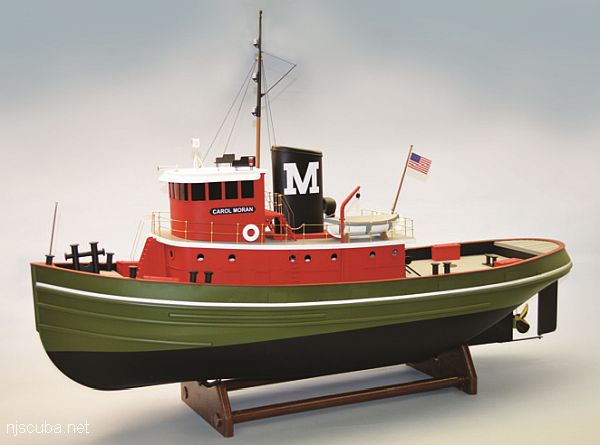
Founded in 1860, by Michael Moran as a towing and brokerage firm, the Moran Towing and Transportation Company of New York, New York. In 1863, the company transitioned from a brokerage firm to an owner/operator of towing vessels when the company acquired a one-half interest in the tugboat Ida Miller for $2,700. In 1880, Michael Moran painted the first white "M" on the stack of a Moran tugboat.
During its first seventy-five years of operation, the company grew. When New York City celebrated the centennial of George Washington's inauguration, Moran Towing reenacted George Washington's boat trip to Lower Manhattan. Moran tugs and barges transported the excavated soil from the construction of the New York City subway system. A Moran Towing tug was the first vessel to enter Havana Harbor after the Spanish-American War. Another Moran tug sailed around the tip of South America, to win the contract to transport material excavated during the construction of the Panama Canal.
Early in World War I, Moran provided tugs to the British Government, and after the United States of America entered the War, the United States Government built numerous tugs, based on Moran Towing designs. During World War II, the company operated both Moran Towing and government-owned tugs. As part of the war effort, Moran tugs transported barges across the North Atlantic for a crucial rendezvous with a Moran-operated tug fleet in the English Channel. The Channel-based fleet transported artificial harbors to strategic points off the coast at Normandy beach where they would be installed so that heavy equipment could be unloaded onto the beaches during and after the D-Day invasions.
World War II initiated a period of rapid growth and geographic expansion for Moran Towing. Moran maintained a large fleet. Embracing diesel propulsion, played an active role in the expansion and consolidation of the harbor tug industry. The company's early acquisitions were centered in New York Harbor. In the following years, Moran grew geographically, establishing operations in multiple ports along the United States' eastern seaboard and Gulf Coast.
In 1958, Curtis Bay Towing of Baltimore became an affiliate of the Moran Towing Corporation. In the 1970s, Moran expanded further into the marine transportation sector with an ongoing program of tug and barge unit construction and acquisition. The current Moran barge fleet services utilities, municipalities, and commercial customers, carrying petroleum products, coal, aggregates, grains, fertilizers, scrap metal, and heavy-lift cargoes, as well as a multitude of commercial and military vessels, including ships, commercial container barges, petroleum barges, dry-bulk barges, LNG spheres, oil rigs, bridge sections, dry-docks, and spent nuclear fuel. In addition to providing ship docking, offshore contract towing and LNG activities, Moran vessels have supported various cable-laying operations and have performed many rescue tows.
In 1994, Paul R. Tregurtha and James R. Barker acquired the company from Thomas Moran, and between 1998 and 2007, Moran acquired several other towing and towing-related companies. In 1998, Moran acquired Turecamo Coastal and Harbor Towing Corporation of New York, as well as several Turecamo-affiliated companies. In 2007, the company acquired the River Parishes Company of New Orleans, and in 2007 Moran purchased Morehead City Towboat Company and the Cape Fear Towing Company, both in North Carolina. In 2011, the G and H Towing Company became part of a joint venture with the Moran Towing Corporation of New Canaan, Connecticut. The Bay Houston Towing Company and the Superman and Young Towing Company of Houston, Texas, were acquired, serving the Cameron LNG facility near Lake Charles, Louisiana.

